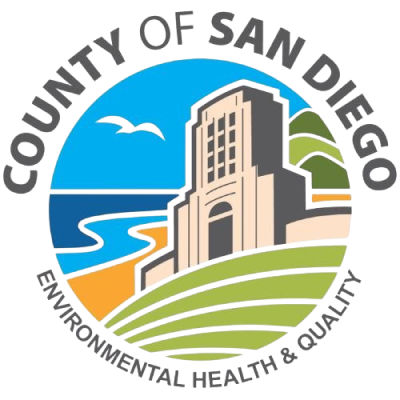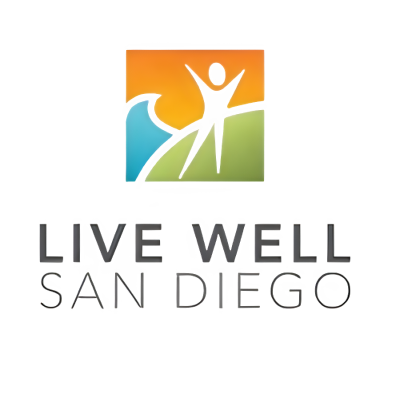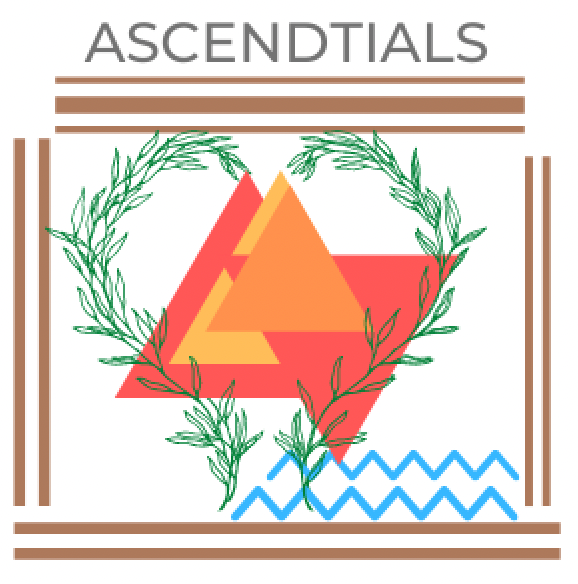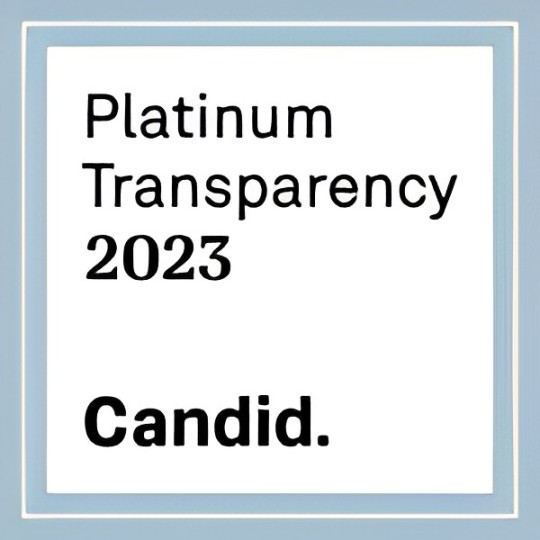Financial
Literacy
Make informed decisions about your money.
Our Generational Wealth Workshops offer a comprehensive approach to building and maintaining generational wealth, with a focus on land preservation and addressing trans-generational trauma.
UPCOMING SESSIONS
501(c)(3) Non-Profit Organization
Subscribe to Our Newsletter



